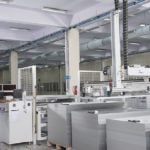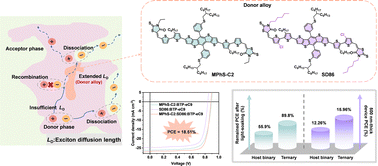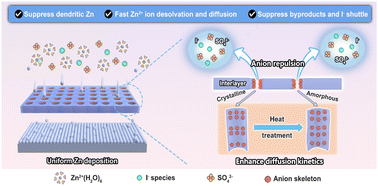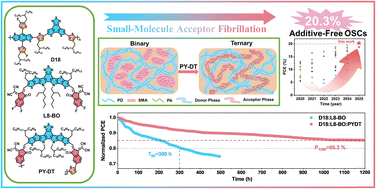In Situ Self‐Assembly Enhanced Cavitation for Efficient Sonodynamic Therapy of Tumors
Advanced Healthcare Materials, EarlyView.

An enzyme-responsive peptide is presented for enhancing the cavitation of sonosensitizers, wherein in situ self-assembly of peptide in tumor site can produce numerous cavitation nuclei, which achieve specific and highly efficient sonodynamic therapy.
Abstract
The clinical application of sonodynamic therapy (SDT) is constrained due to the lack of safe, effective, and targeted ultrasound sensitizers. To address this, an in situ self-assembled peptide-sonosensitizer conjugate (P1) is designed for enhancing sonosensitizer cavitation, which achieves specific and highly efficient SDT of tumors. The P1 is constructed using a sonosensitizing unit, a gelatinase-responsive unit, a targeting unit, and a sonodynamic enhancing unit. Upon reaching the gelatinase-overexpressed tumor site, P1 spontaneously aggregates and forms hollow nanovesicles, enhancing tumor accumulation. Moreover, due to the dense packing of the hydrophobic tails within the hollow nanovesicles, these vesicles undergo substantial deformation when exposed to ultrasound, generating numerous cavitation nuclei. This markedly enhances the cavitation effect, generating more reactive oxygen species (ROS) than dispersed sonosensitizers and enhancing antitumor efficacy. This study presents an in situ self-assembly strategy for nanodrug expansion, enhancing tumor accumulation and sonosensitizer efficacy, thereby providing a new approach for developing safe, efficient, and targeted ultrasound sensitizers.













































































































































